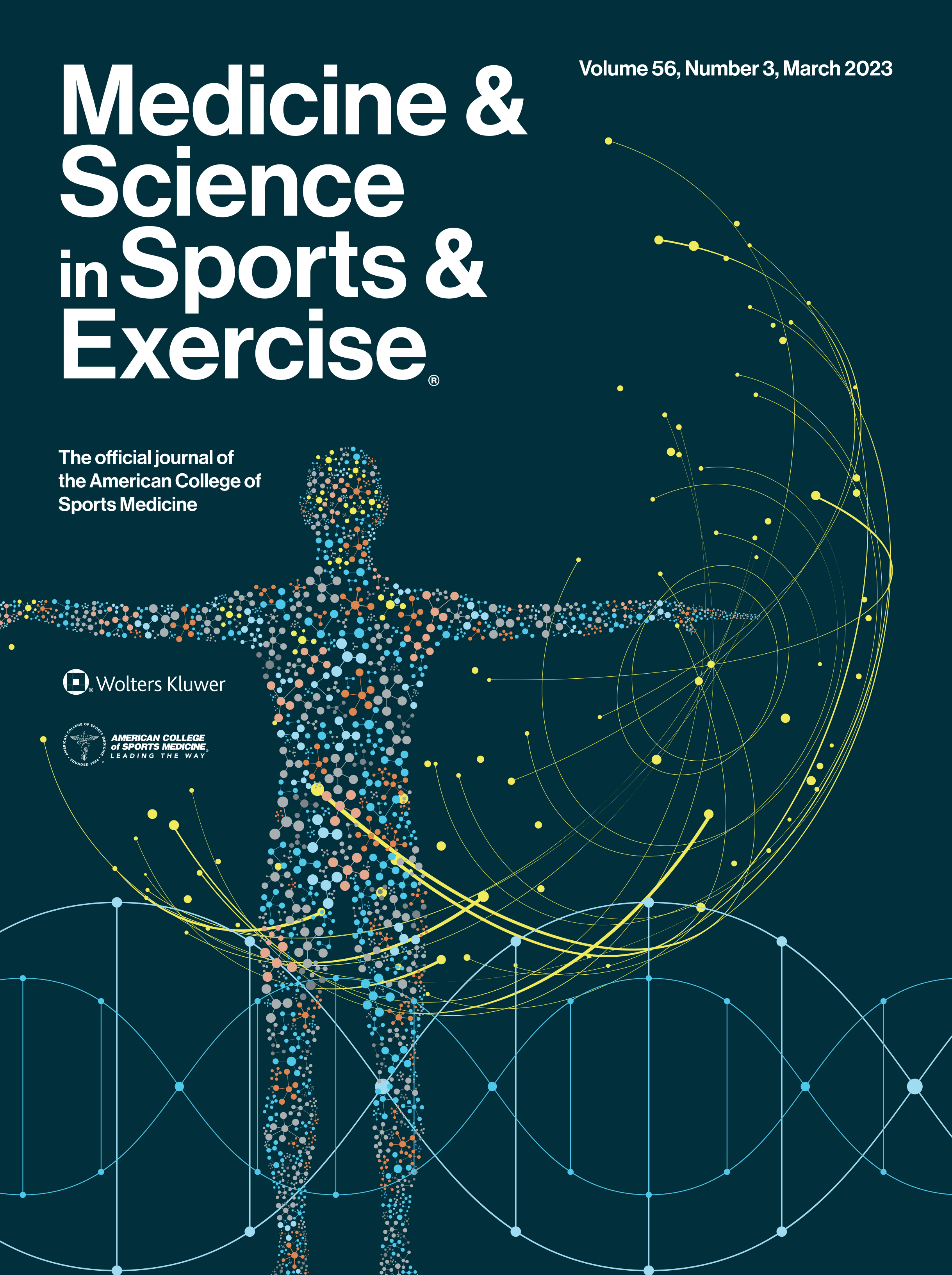 The effects of a 6-week horizontal impeding force gait training protocol on push-off intensity in older adults
The effects of a 6-week horizontal impeding force gait training protocol on push-off intensity in older adults
Conway KA, Crudup KL, Lewek MD, Franz JR
Abstract. Aging and many gait pathologies are often characterized by deficits in push-off intensity (i.e., propulsive ground reaction forces and peak ankle moment and power output) during walking. Unfortunately, conventional interventions such as progressive resistance training, designed to enhance calf muscle mechanical output, generally fail to translate strength gains to functional improvements in habitual push-off intensity. Methods: Horizontal impeding forces applied to the body’s center of mass systematically augment the mechanical output required from muscle-tendon units spanning the ankle during the push-off phase of walking, which could convey long-term benefits via training. Therefore, the purpose of this study was to investigate the preliminary efficacy of a 6-week horizontal impeding force training paradigm on improving habitual push-off intensity in 11 healthy but not physically active older adults (age: 76±4 years, 6F/5M). Results: We found that older adults significantly (p<0.05) increased measures of isometric strength by 18%, maximum walking speed by 10%, and 6-minute walk test distance by 9% as a result of horizontal impeding force training. As a more clinically significant contribution of this work, we found that those subjects also increased habitual peak ankle moment and peak ankle power during push-off following training by a significant 10% and 15%, respectively (p≤0.036). Conclusions: We conclude that the use of horizontal impeding forces in older adults improves their maximum muscular and walking capacities while encouraging access to newfound strength gains, thereby improving habitual push-off intensity during walking.
